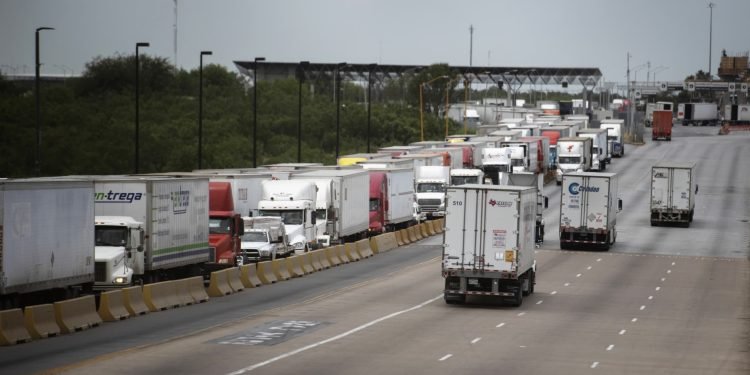U.S.-Mexico Cross-Border Logistics on the Rise
The U.S.-Mexico cross-border freight corridor is experiencing a significant boom, driven by a 10.6% increase in trade from 2023, according to the Bureau of Transportation Statistics. This growth is fueled by the rise of nearshoring, as businesses relocate manufacturing to Mexico to reduce costs and transit times.
The Shift to Nearshoring
Many companies, traditionally reliant on imports from Asia, are now establishing factories in Mexico. This shift has changed freight movement patterns, particularly affecting the types of goods transported and the demand for logistics services.
Strategies for Success
Ryan Williams, Vice President of Solutions at Coyote Logistics, highlights the importance of building strong, trust-based relationships with carriers rather than relying on transactional partnerships. Such collaborations not only enhance supply chain efficiency but also prepare businesses for future challenges.
Carrier Adaptation and Market Trends
In response to heightened demand, carriers at the border are diversifying their services, shifting from niche freight handling to broader logistics solutions. While freight rates remained steady through 2024, they are expected to rise during peak season, reflecting increasing demand.
Opportunities and Challenges
The U.S.-Mexico trade corridor presents opportunities for businesses to capitalize on nearshoring trends. However, navigating the competitive environment and adapting to evolving trade policies requires strategic planning and the adoption of digital tools to optimize operations.
Looking Ahead
As the cross-border logistics landscape evolves, businesses that leverage collaborative strategies and invest in technology will be well-positioned to seize opportunities in 2025. The U.S.-Mexico corridor is set to remain a critical driver of growth for the logistics industry.























